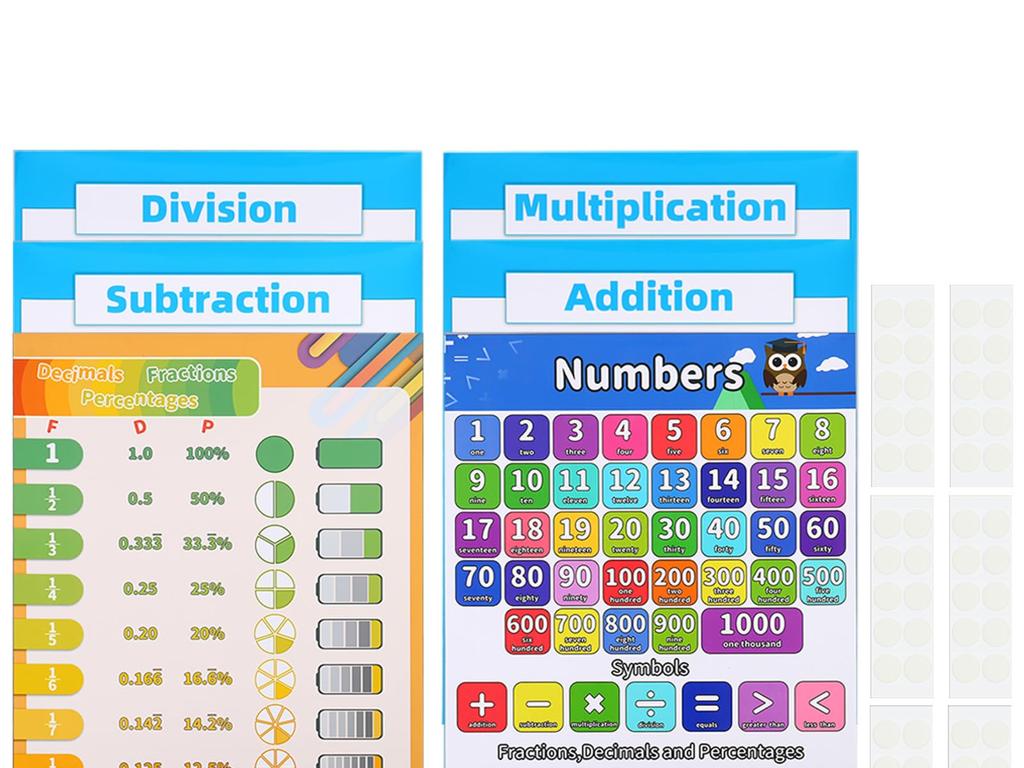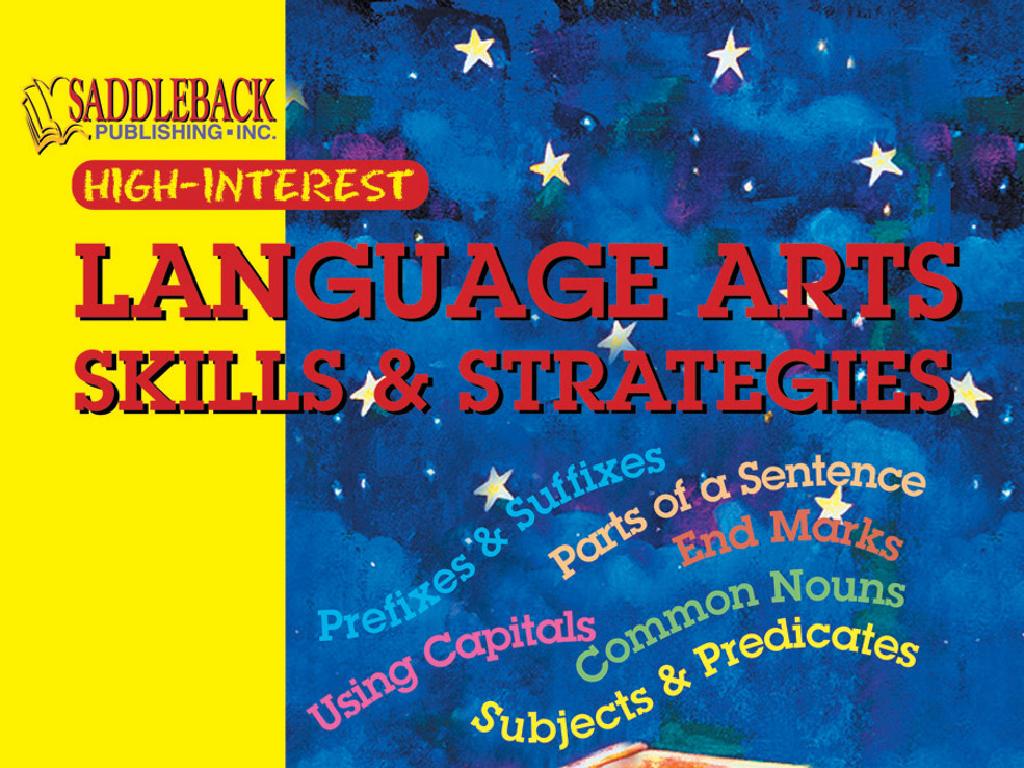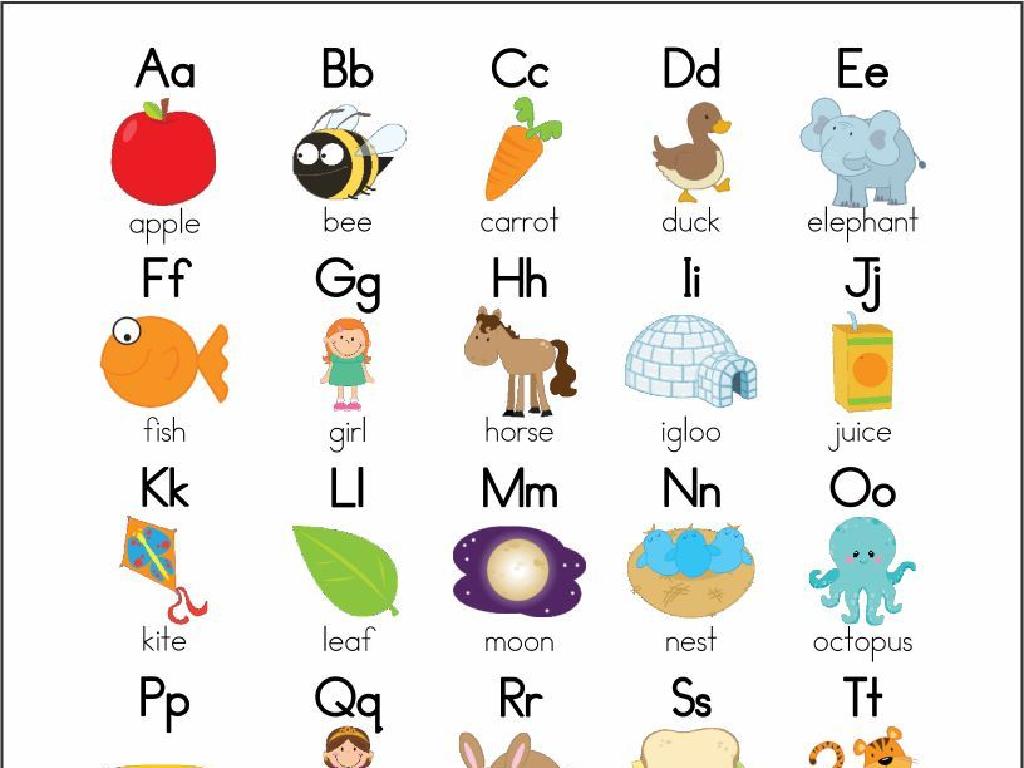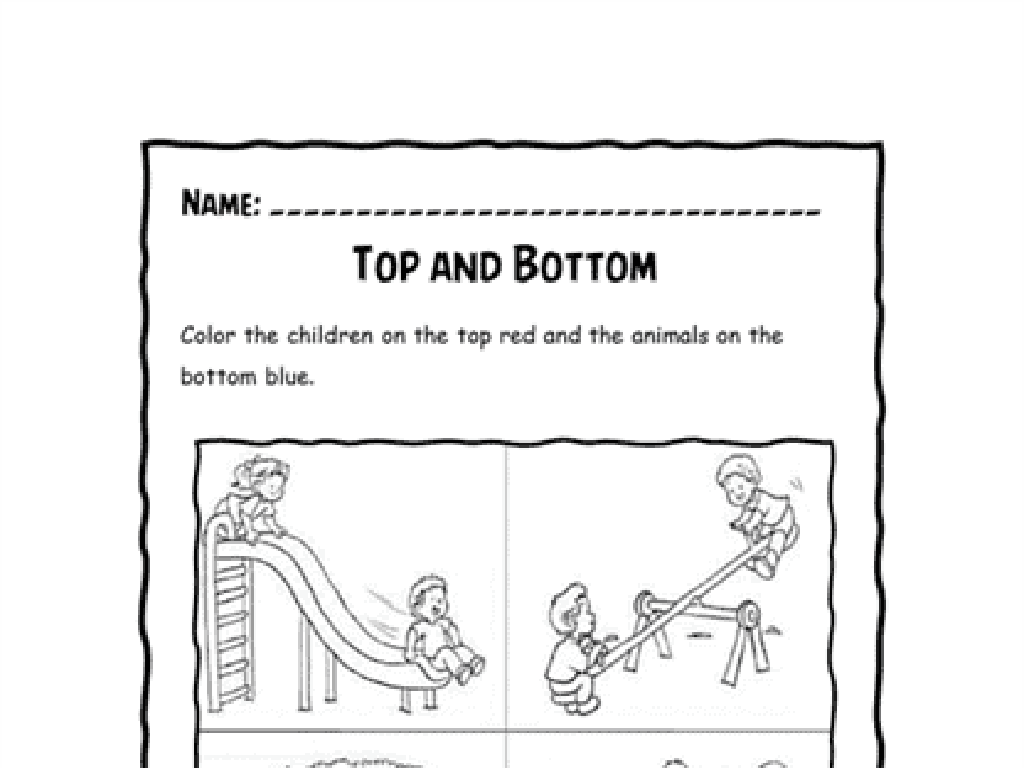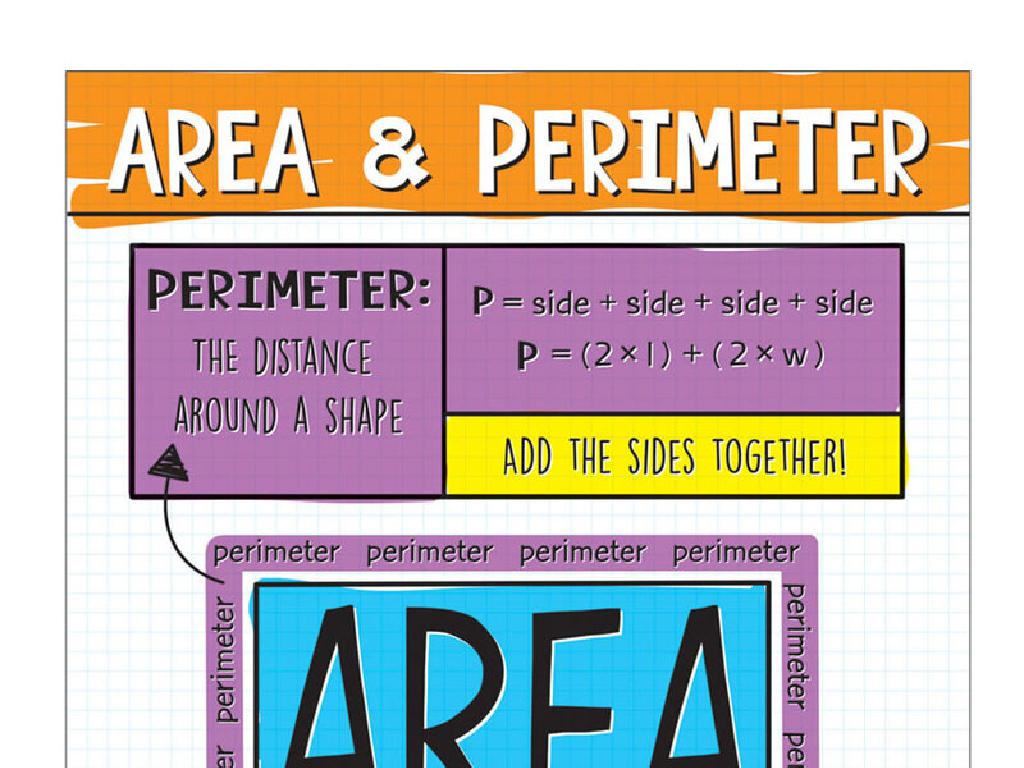Volume Of Cubes And Rectangular Prisms
Subject: Math
Grade: Fifth grade
Topic: Volume
Please LOG IN to download the presentation. Access is available to registered users only.
View More Content
Welcome to the World of Volume!
– Understanding Volume
– Volume measures how much space an object occupies.
– Importance of Volume
– Knowing volume helps in packing, building, and filling spaces efficiently.
– Volume in Real Life
– Examples: Filling a pool, packing a lunchbox, or measuring ingredients in cooking.
– Measuring Volume
– Use formulas: Volume of a cube (s^3) and rectangular prism (l*w*h).
|
This slide introduces students to the concept of volume as a measure of how much three-dimensional space an object occupies. Emphasize the practicality of understanding volume in everyday life, such as filling containers or constructing objects. Provide real-life scenarios where calculating volume is essential, like in cooking or when figuring out how much water is needed to fill a swimming pool. Teach students the formulas for the volume of cubes and rectangular prisms and explain that ‘s’ stands for the length of a side of a cube, while ‘l’, ‘w’, and ‘h’ represent the length, width, and height of a rectangular prism, respectively. Encourage students to think of other examples where they might need to know the volume of an object.
Exploring Volume
– Volume: space inside a 3D shape
– Think of how much water a box could hold
– Measured in cubic units
– Cubic units: like stacking tiny cubes inside
– Applies to liquids and solids
– Both can take up space in a container
– Calculating volume of shapes
|
Volume is a fundamental concept in mathematics that describes the amount of space that a three-dimensional object occupies. It’s important to convey to students that volume is not just for solids like cubes and prisms, but also for liquids. Use real-world examples such as water in a fish tank or grains in a storage container to illustrate the concept. Emphasize that volume is measured in cubic units, which can be visualized as small cubes filling up the space inside an object. During the lesson, demonstrate how to calculate the volume of various shapes by multiplying the length, width, and height for rectangular prisms or s^3 for cubes, where s is the length of a side of the cube.
Calculating Volume of a Cube
– A cube has three equal sides
– Volume formula: side^3
– Multiply the length of the side by itself three times
– Example: Cube with 3 unit sides
– Let’s find out how much space is inside a cube with 3 unit sides
– Calculate: 3 units × 3 units × 3 units
– 3 × 3 × 3 = 27 cubic units is the volume
|
This slide introduces the concept of volume for a cube, which is a three-dimensional shape with all sides of equal length. The volume is the amount of space inside the cube. To calculate it, you multiply the length of one side by itself twice more (cubed). For example, if each side of the cube is 3 units long, the volume is 3 units × 3 units × 3 units, which equals 27 cubic units. Encourage students to visualize filling the cube with unit cubes to understand the concept of volume. Have them practice with cubes of different sizes and ensure they understand that volume is measured in cubic units.
Calculating Volume of Rectangular Prisms
– Rectangular prisms have 3 different side lengths
– Volume formula: length × width × height
– Multiply the length, width, and height of the prism
– Example: Volume of a 5x3x2 prism
– 5(length) × 3(width) × 2(height) = 30 cubic units
– Practice finding volume with different prisms
– Use blocks or boxes to visualize and calculate
|
This slide introduces the concept of volume for rectangular prisms, which is an important aspect of understanding three-dimensional shapes in mathematics. Emphasize that a rectangular prism has three dimensions – length, width, and height – and that the volume is found by multiplying these three measurements together. The example provided uses a prism with dimensions 5 units by 3 units by 2 units to show how to apply the formula. Encourage students to practice with different sized prisms, using manipulatives like blocks or empty boxes to help them visualize the concept of volume. This hands-on approach will aid in solidifying their understanding of how volume is calculated and the units used to express it.
Let’s Practice Calculating Volume!
– Volume of a cube: side^3
– Cube example: side 4 units
– 4 units * 4 units * 4 units = 64 cubic units
– Volume of a rectangular prism: l*w*h
– Prism example: 6x2x2 units
– 6 units * 2 units * 2 units = 24 cubic units
|
This slide is designed to engage students in practicing the calculation of volume for cubes and rectangular prisms. Start by reminding them of the formulas: for a cube, volume is calculated by raising the length of the side to the third power (side^3), and for a rectangular prism, volume is the product of its length, width, and height (l*w*h). Provide two clear examples using the given dimensions and calculate the volume step by step. Encourage students to solve these problems on their own and then share their answers with the class to foster a collaborative learning environment. This activity will help solidify their understanding of volume calculation and prepare them for more complex problems.
Discovering Volume with Manipulatives
– Build a cube with blocks
– Use equal-sized blocks to form a perfect cube
– Build a rectangular prism with blocks
– Arrange blocks to create a box shape
– Count blocks to find volume
– Volume is the total number of blocks used
– Compare volumes of different shapes
– Observe how shape affects volume
|
This slide introduces a hands-on activity for students to understand the concept of volume. Provide students with equal-sized blocks to construct a cube and a rectangular prism. Guide them to count the number of blocks used to fill the entire shape, which represents the volume. Encourage them to compare the volumes of the shapes they create by looking at the number of blocks used. This activity will help them visualize volume as a three-dimensional space and understand that different shapes can have the same or different volumes. For the teacher: Prepare different sets of manipulatives for students to use, ensure they understand the concept of length, width, and height, and assist them in counting the blocks accurately. Consider grouping students and assigning different volume challenges to each group.
Class Activity: Volume Scavenger Hunt
– Find classroom items to estimate volume
– Measure and calculate real volume
– Use rulers to measure length, width, height
– Compare estimates with actual volumes
– How close were your guesses to the real measurements?
– Discuss findings with the class
|
This interactive activity is designed to help students apply their knowledge of volume in a practical setting. Students will search for various items in the classroom that resemble cubes or rectangular prisms. They will then make an educated guess (estimate) of each item’s volume. After estimating, they will use rulers to measure the dimensions of each item and calculate the actual volume using the formula (length x width x height) for rectangular prisms or (side^3) for cubes. Once calculations are complete, students will compare their estimated volumes with the actual volumes and discuss as a class why there might be differences. Encourage students to consider the importance of accurate measurements and the real-world applications of volume. Possible items for the scavenger hunt could include a small box, a book, a pencil case, and a tissue box. This activity will reinforce the concept of volume and provide a hands-on learning experience.
Conclusion & Homework: Mastering Volume
– Recap: Volume of cubes & prisms
– Review how to find volume by multiplying length, width, and height.
– Accuracy in volume calculation
– Correct measurements are crucial for precise volume.
– Homework: Estimate & calculate volume
– Choose 3 household items, guess their volume, then use a ruler to measure and calculate.
|
As we wrap up today’s lesson on the volume of cubes and rectangular prisms, remember that understanding volume helps us in many real-life situations, like packing, building, and cooking. Accurate measurements are key to calculating volume correctly, which is why practice is important. For homework, students are to find three items at home, such as a cereal box, a milk carton, and a shoebox, estimate their volume, and then measure their dimensions to calculate the actual volume. This will reinforce their understanding of volume and the importance of precision in measurements. Encourage students to present their findings in the next class, discussing any differences between their estimates and actual calculations.

